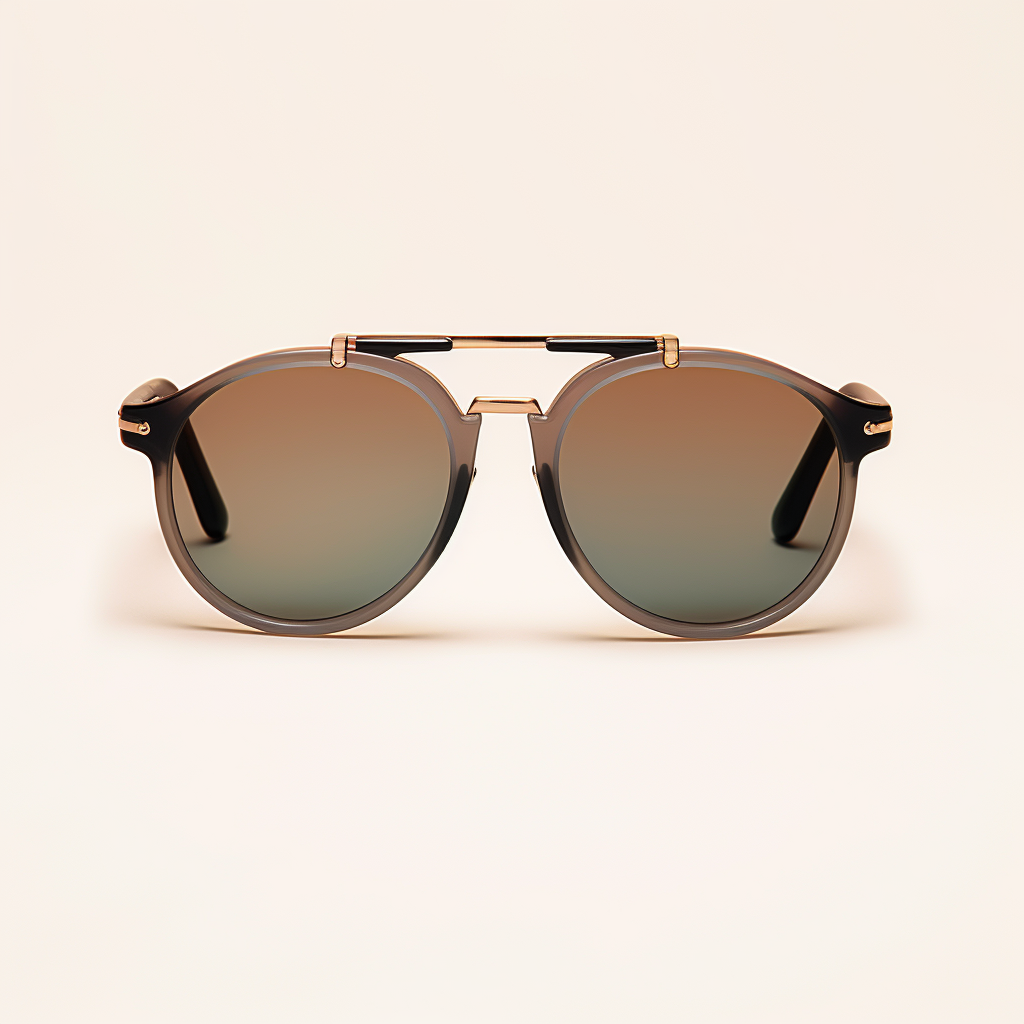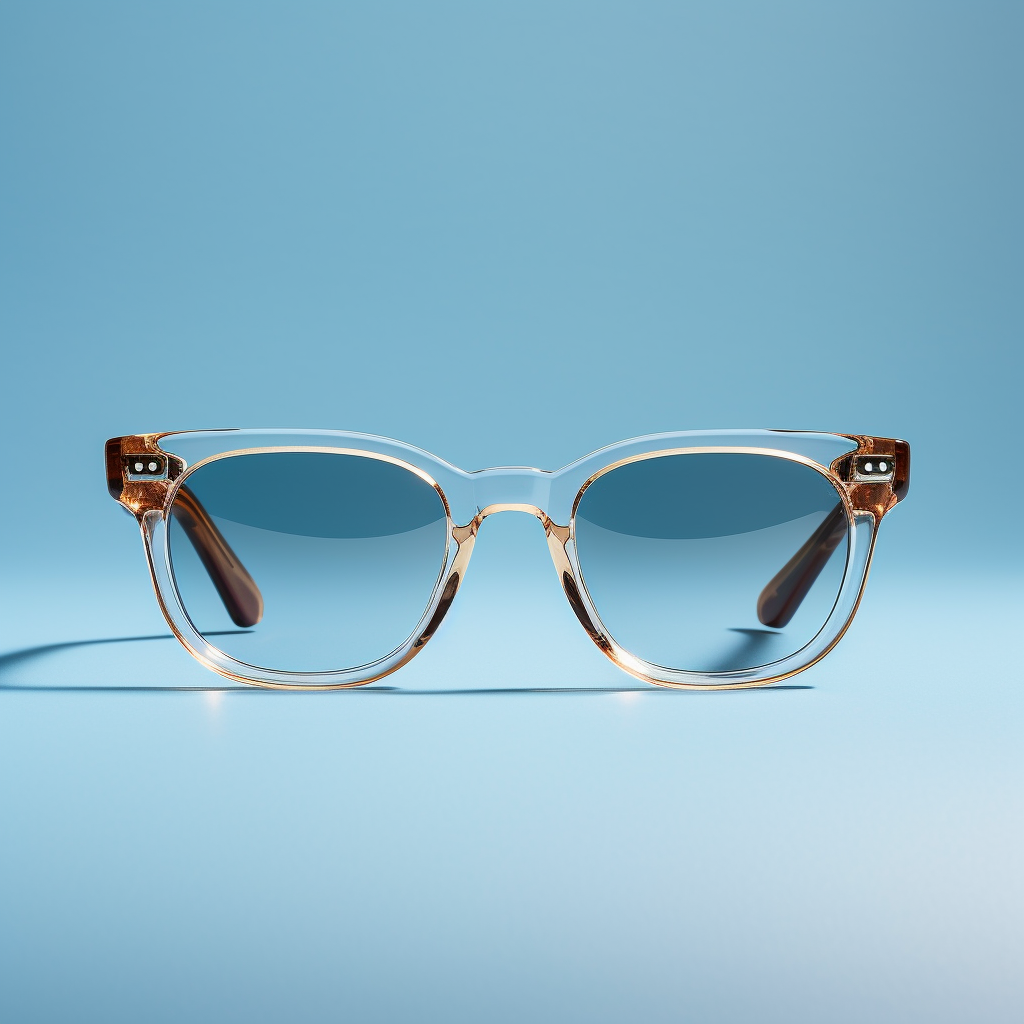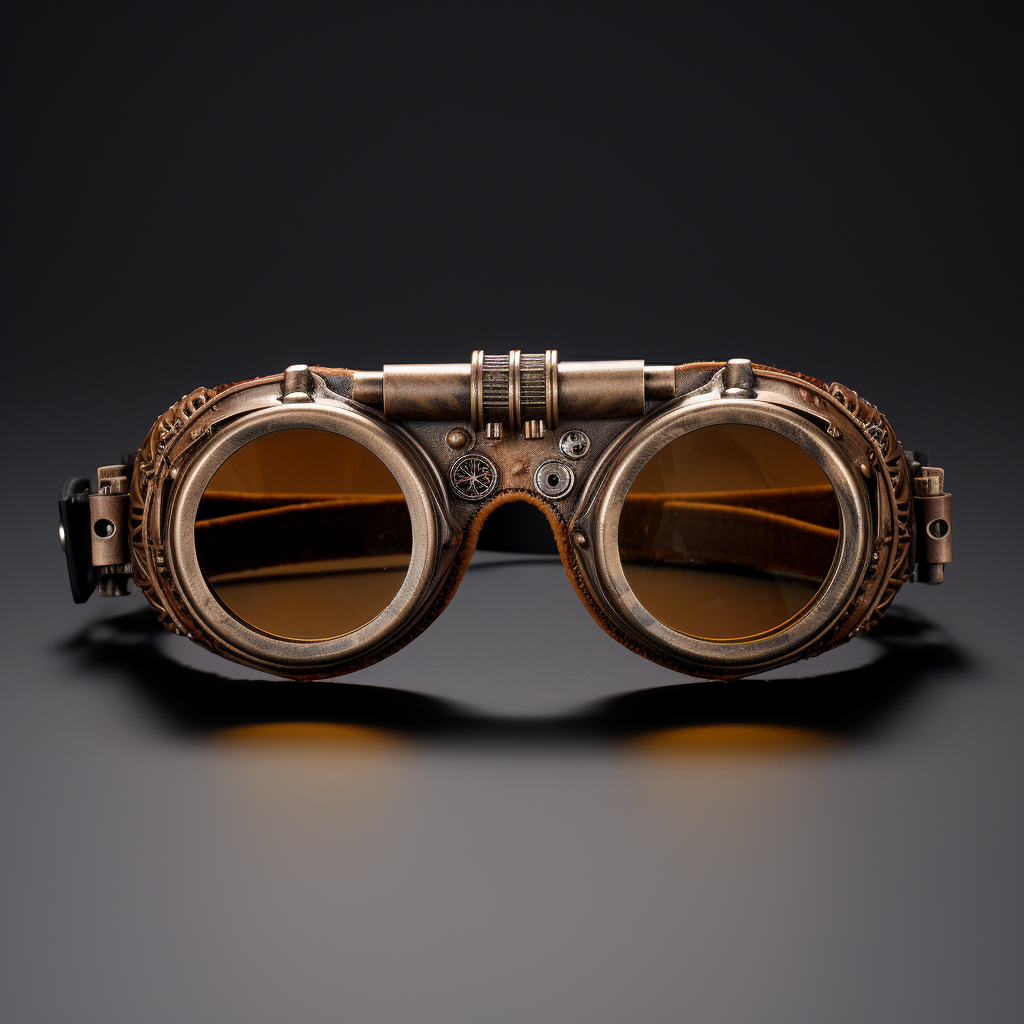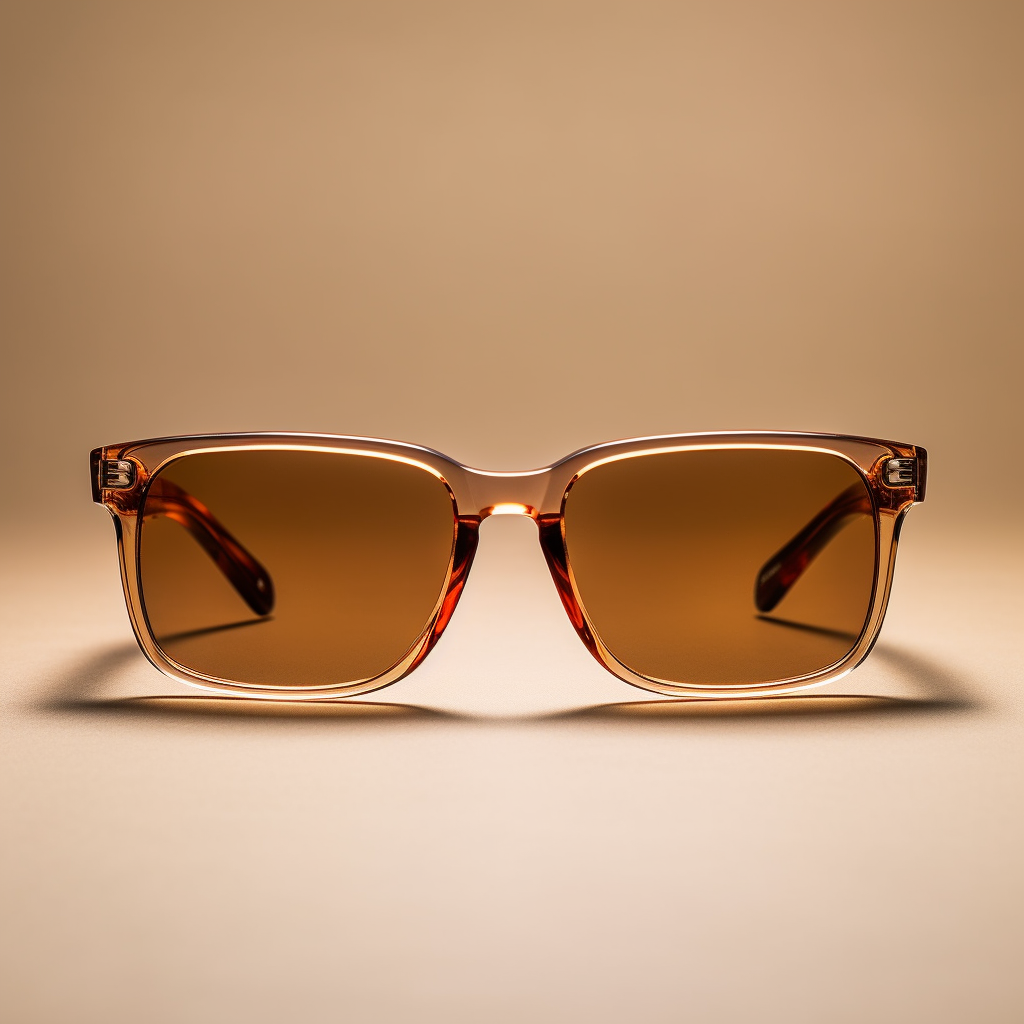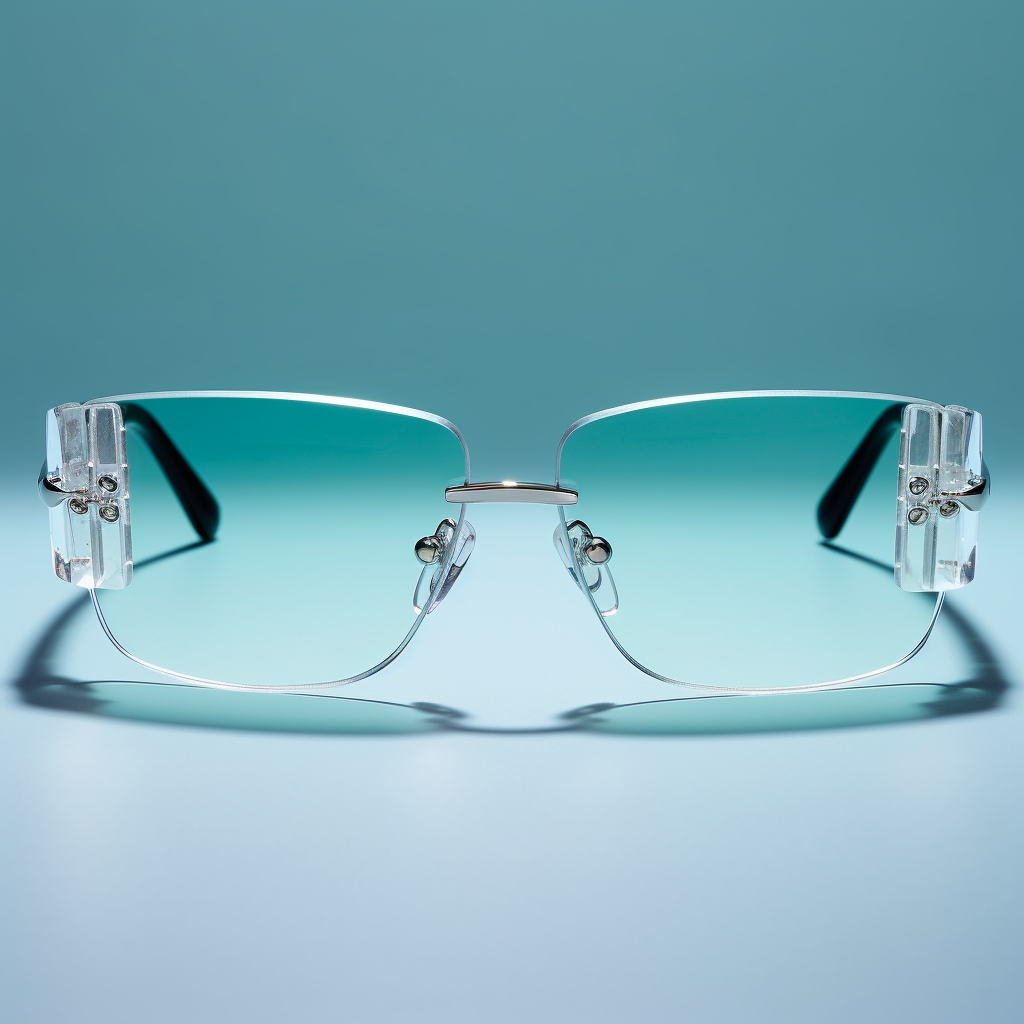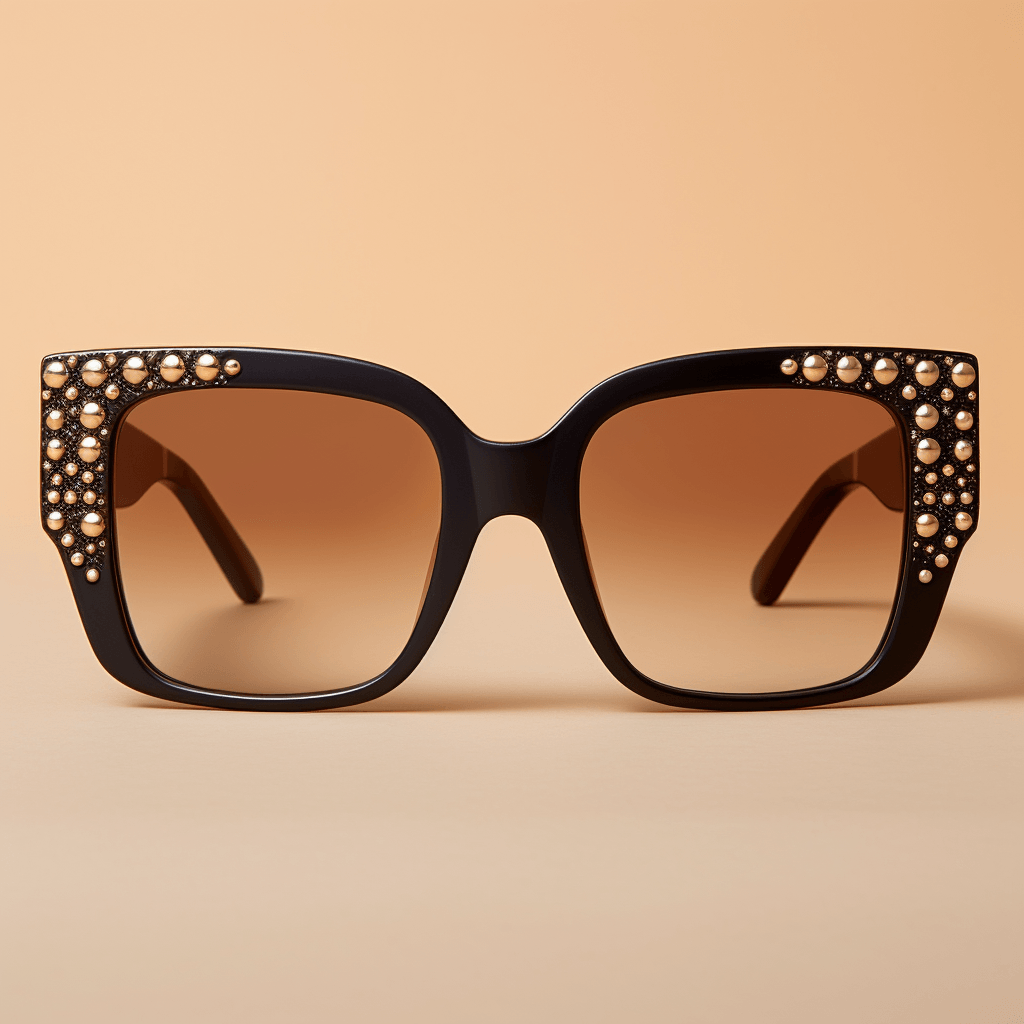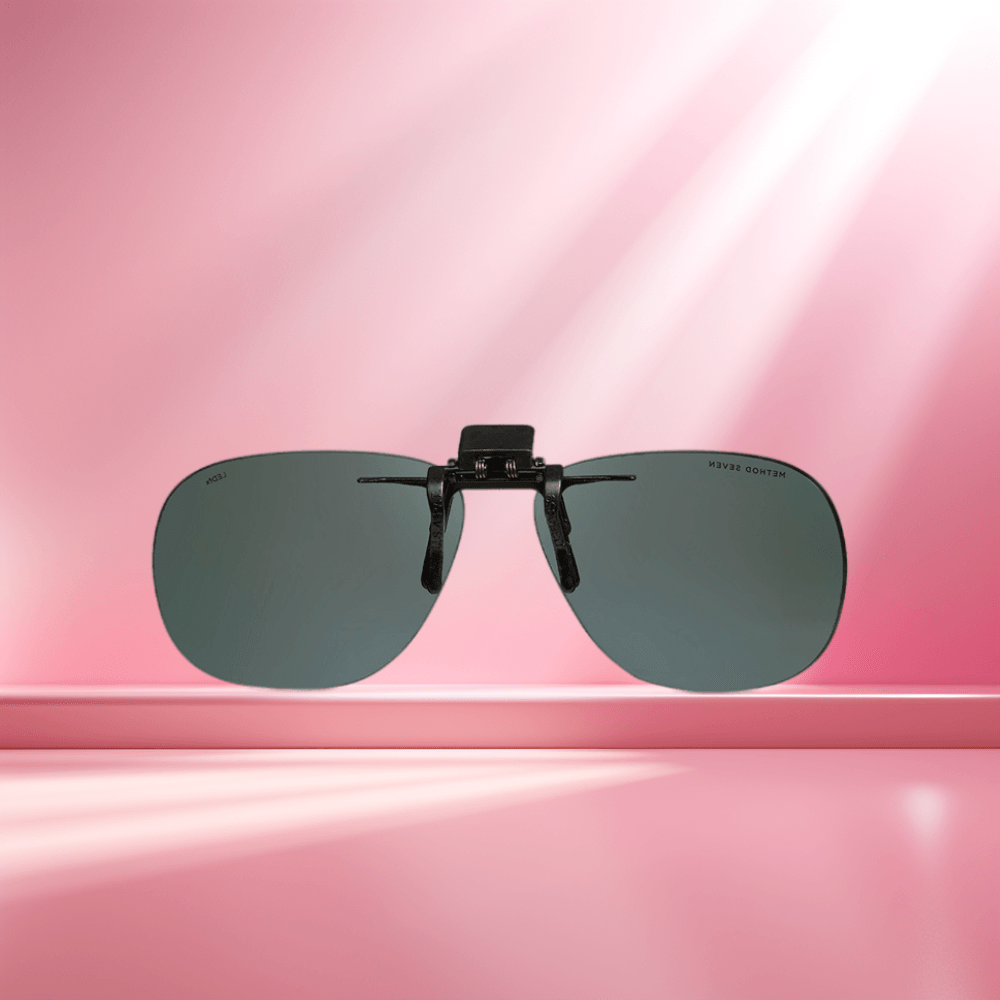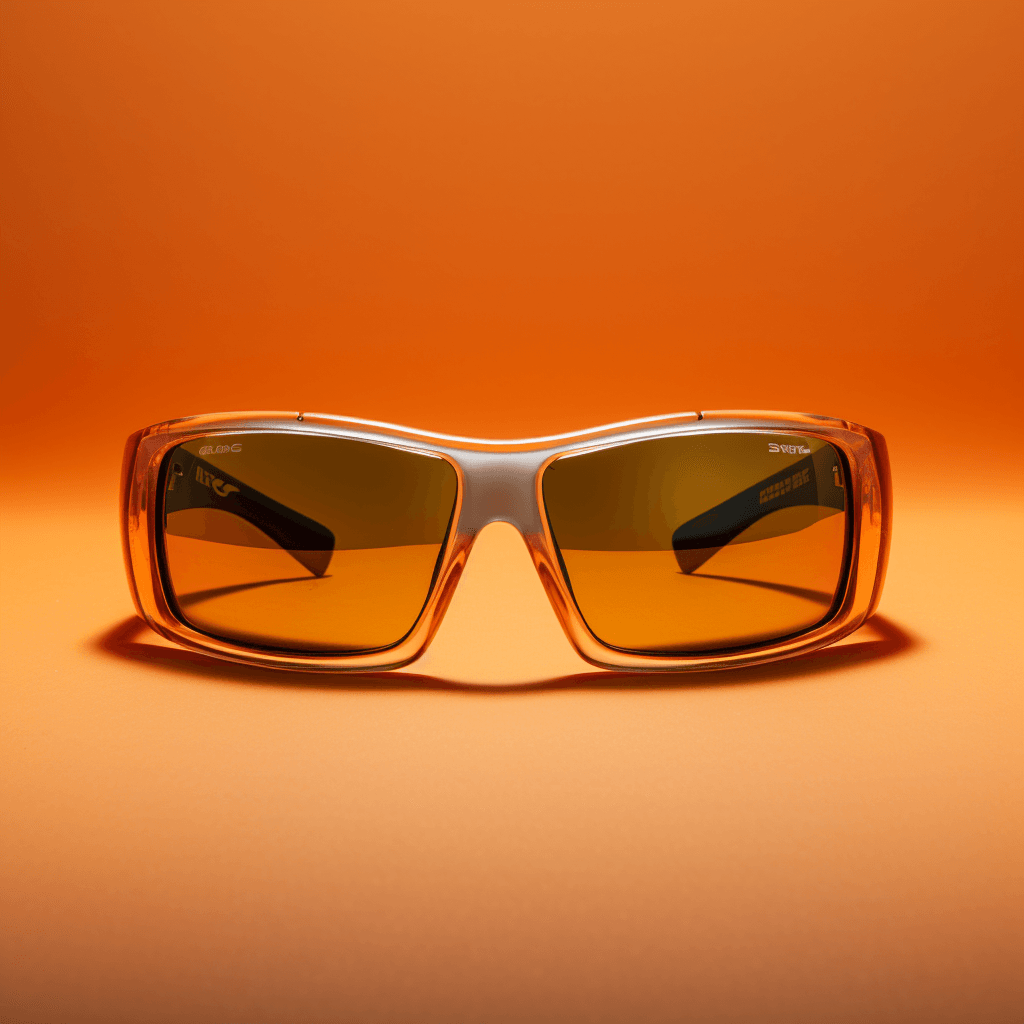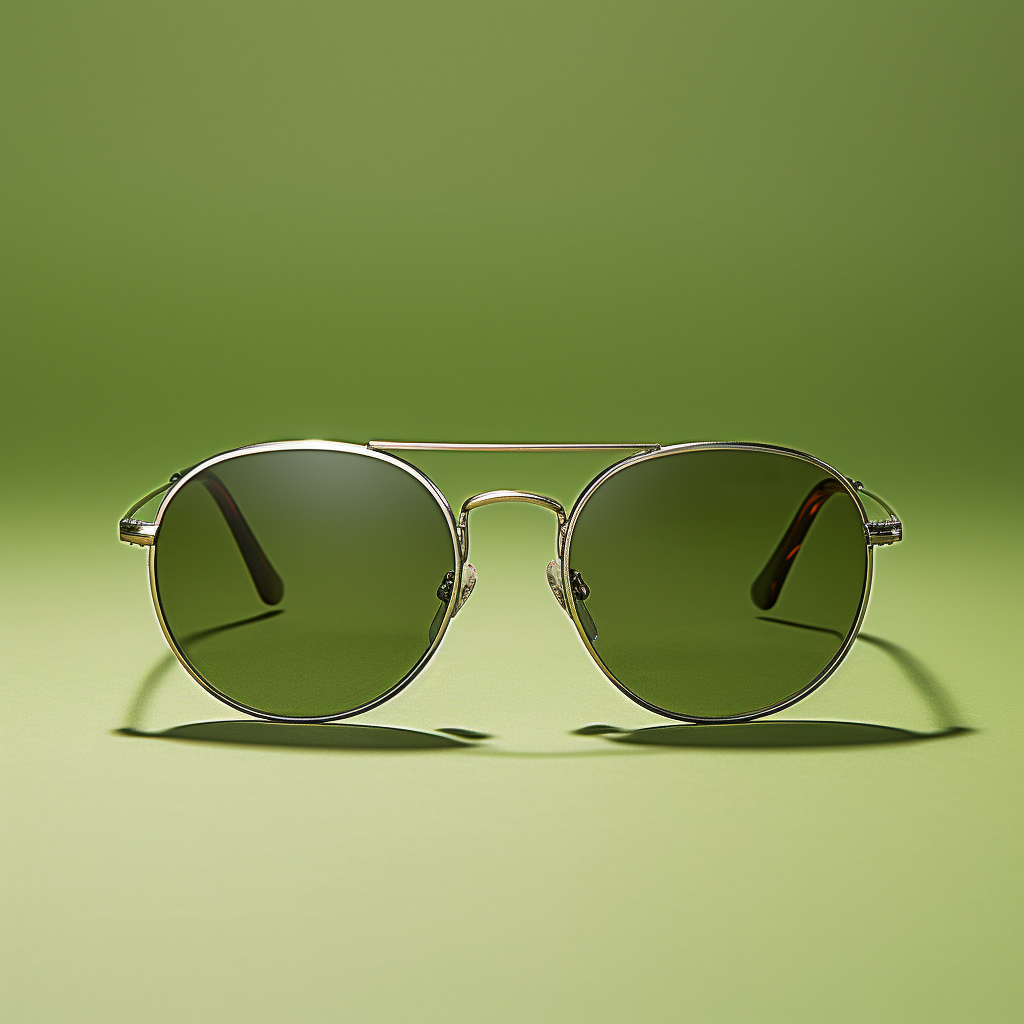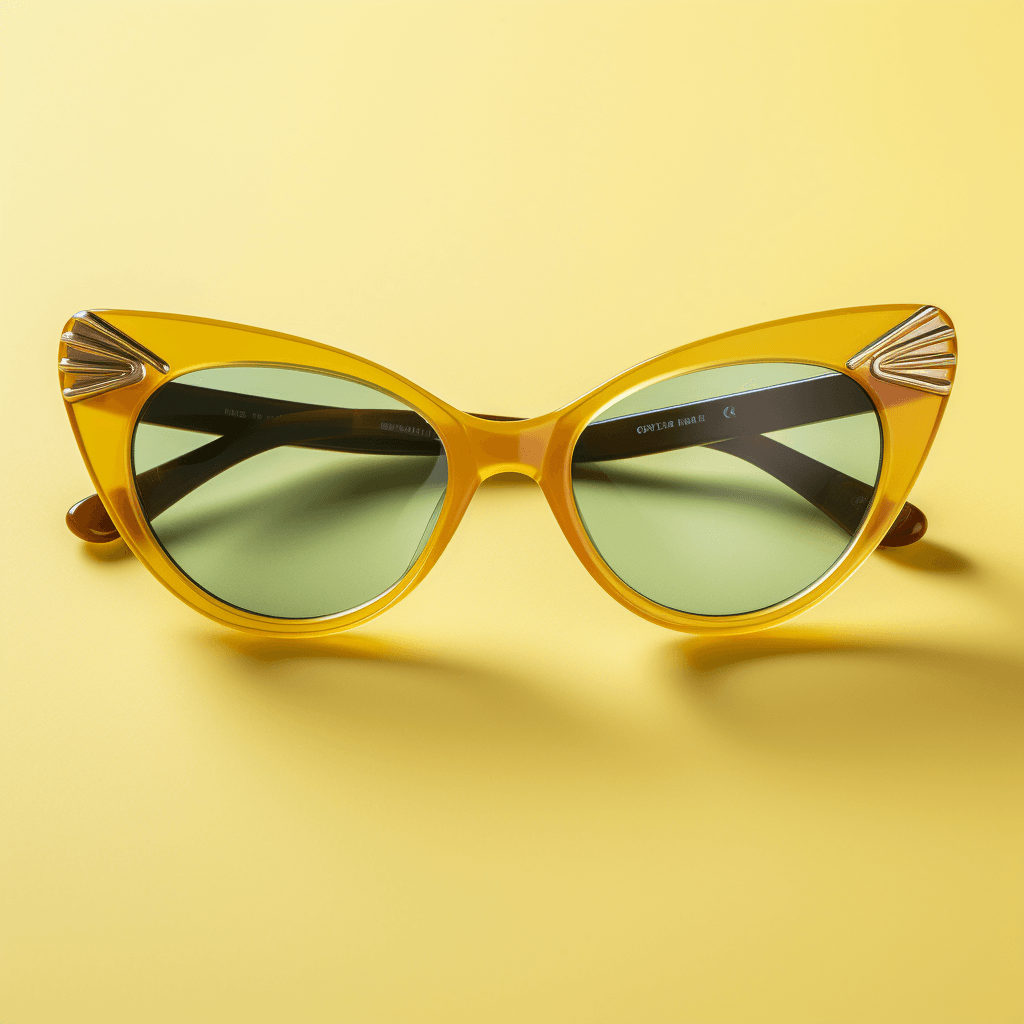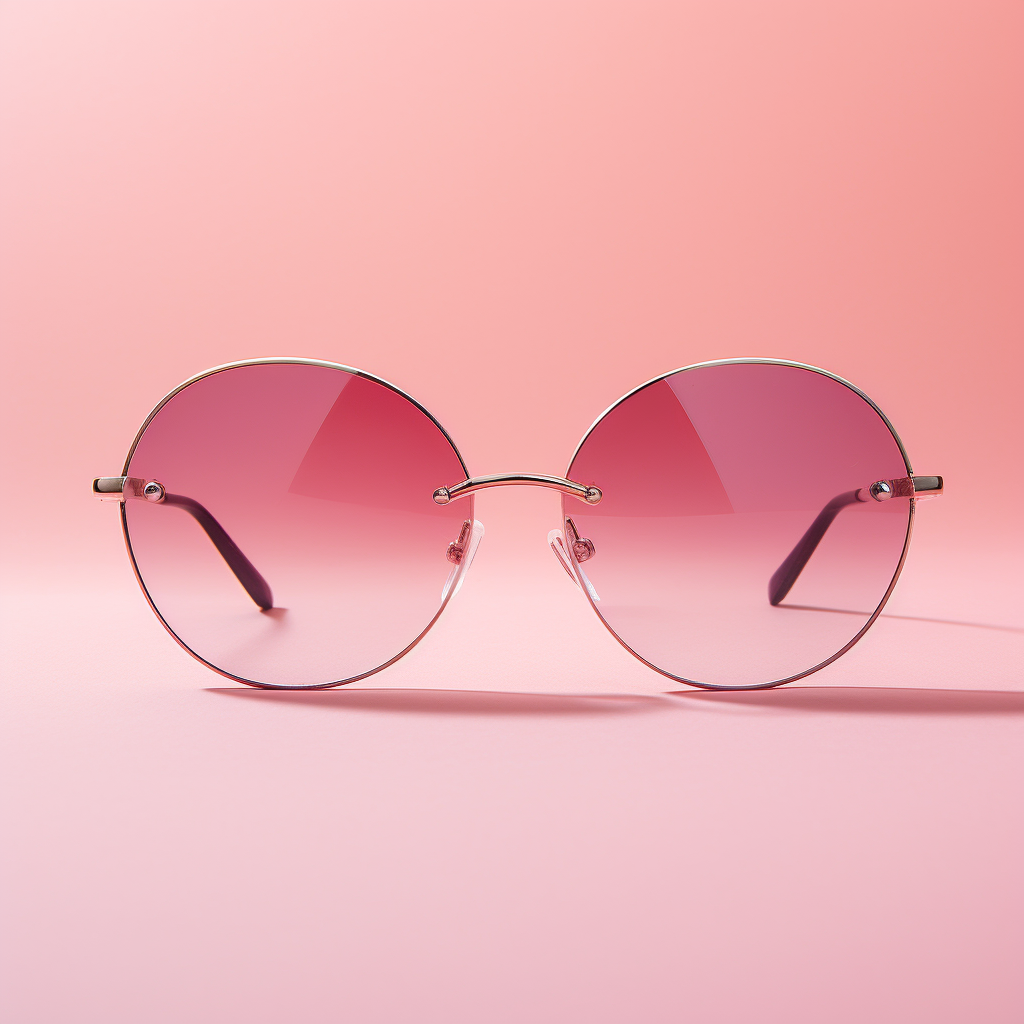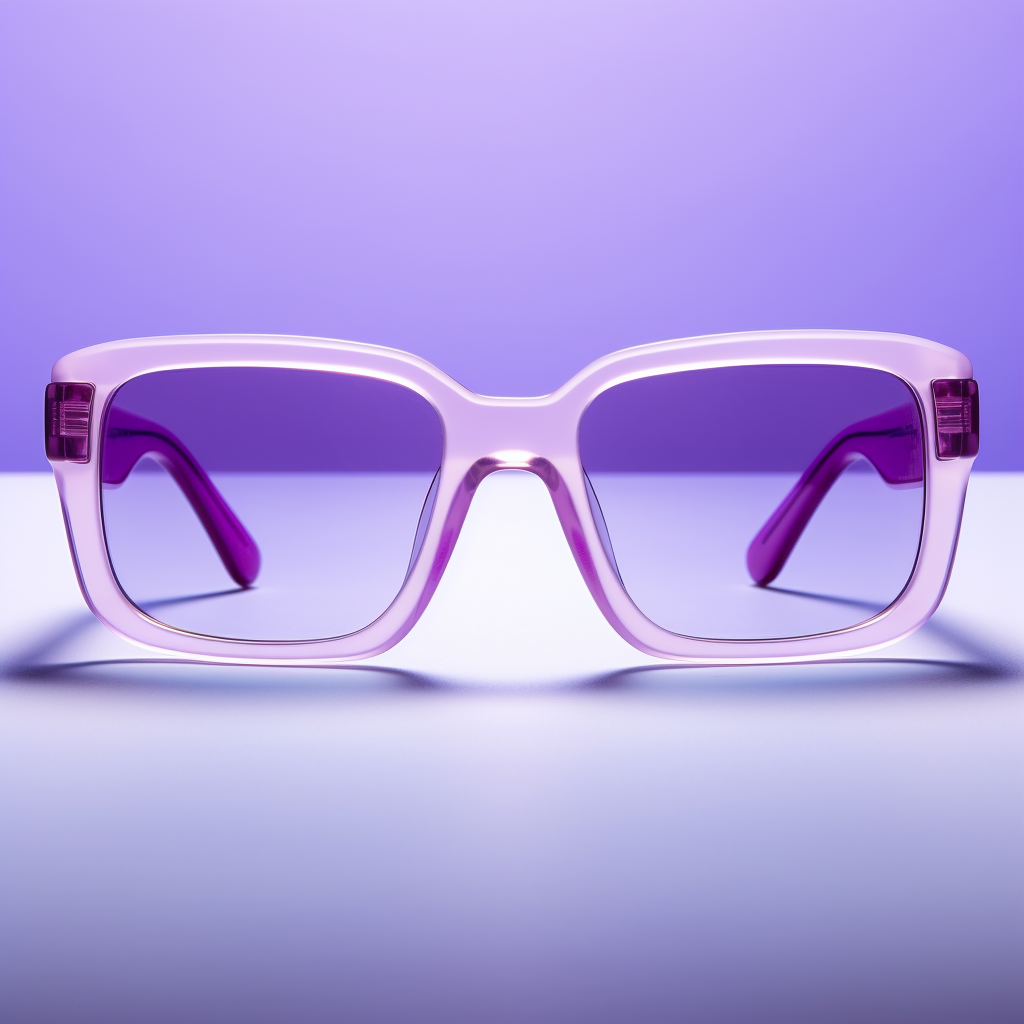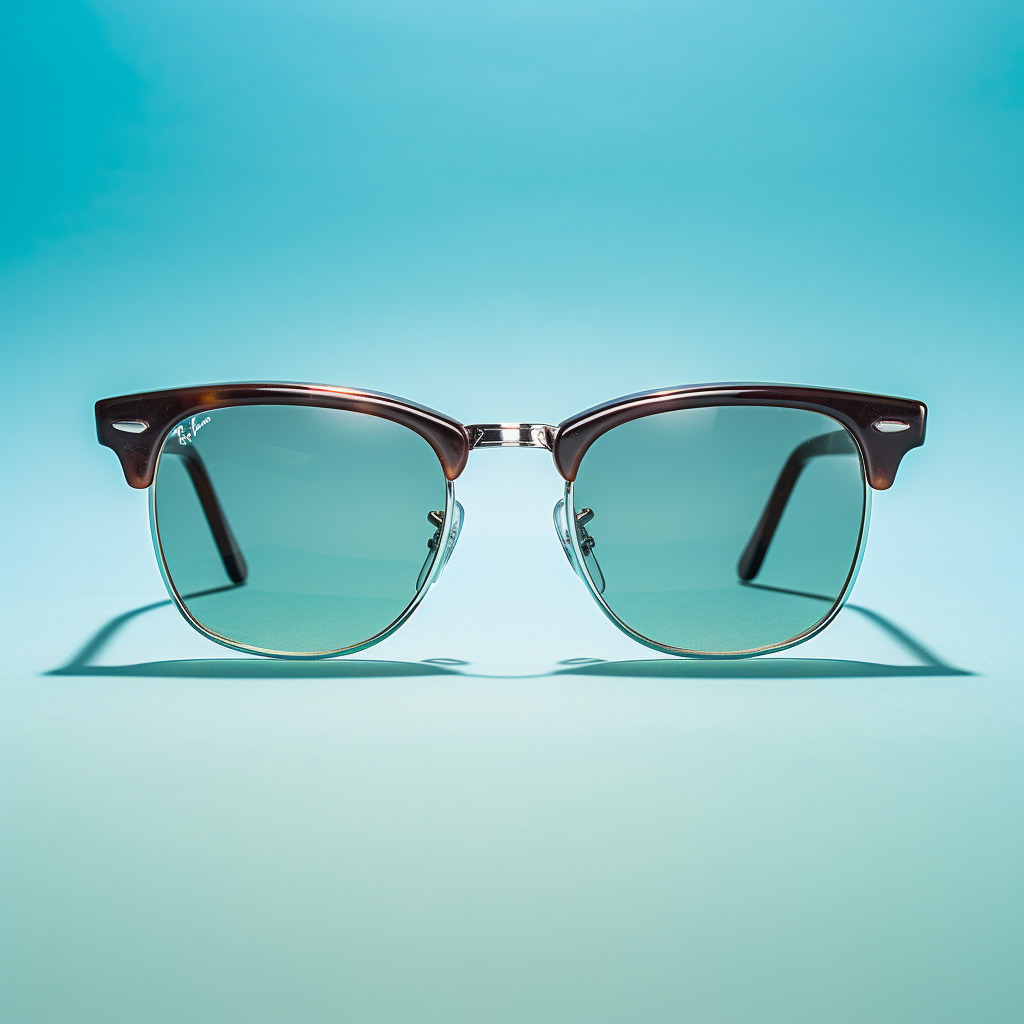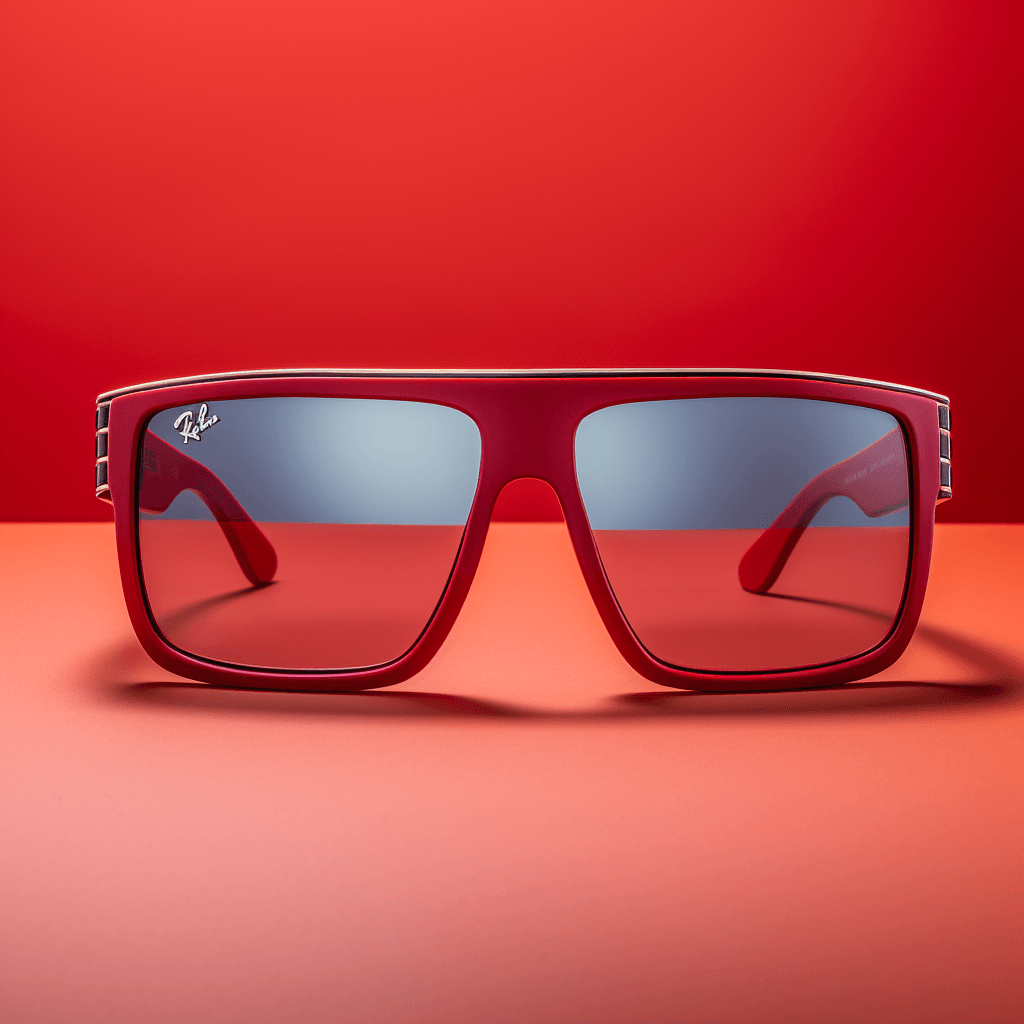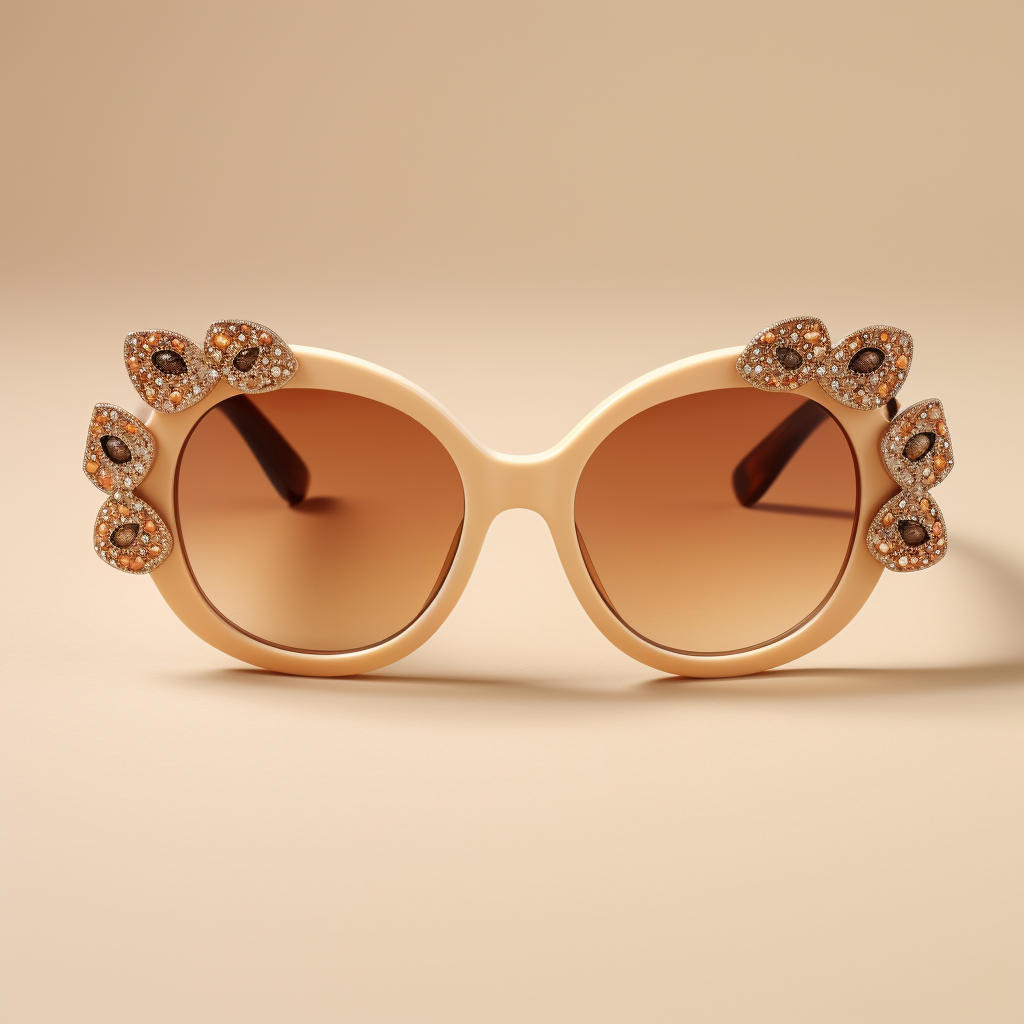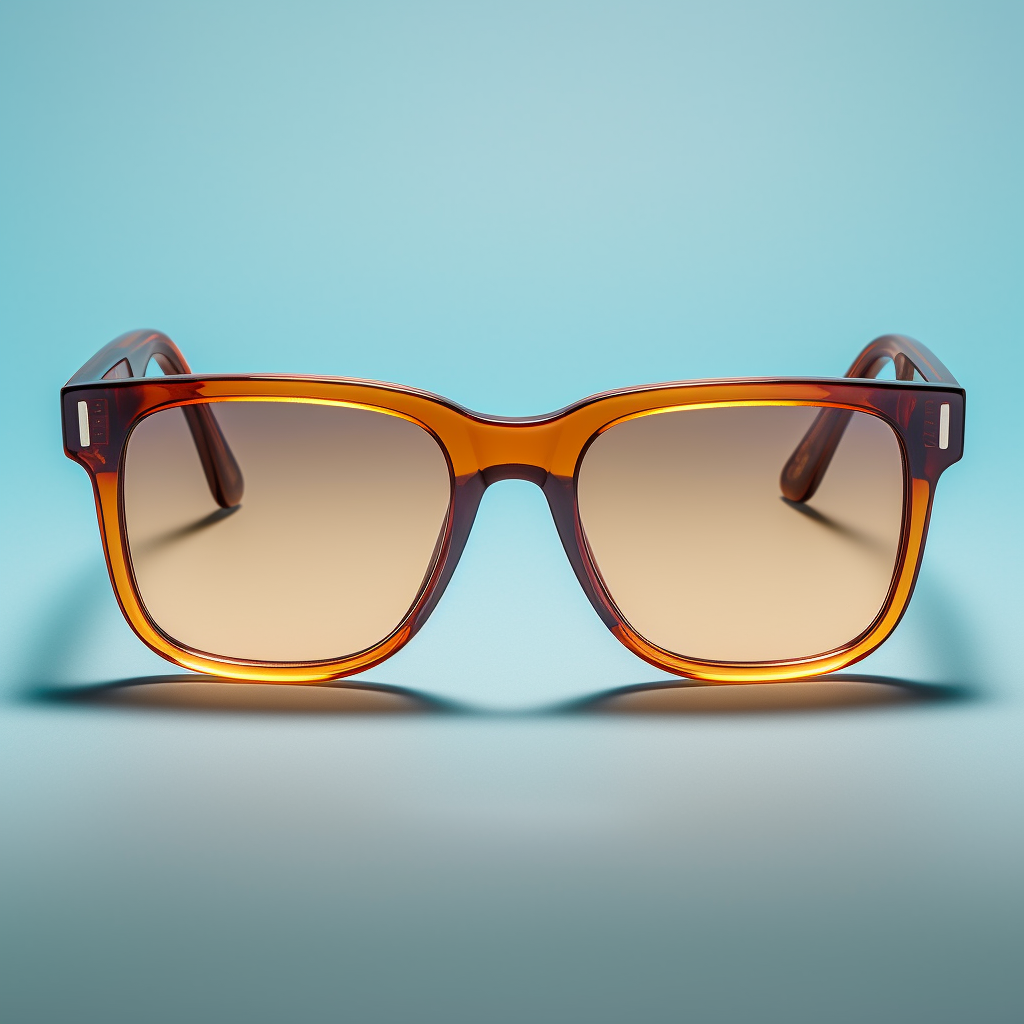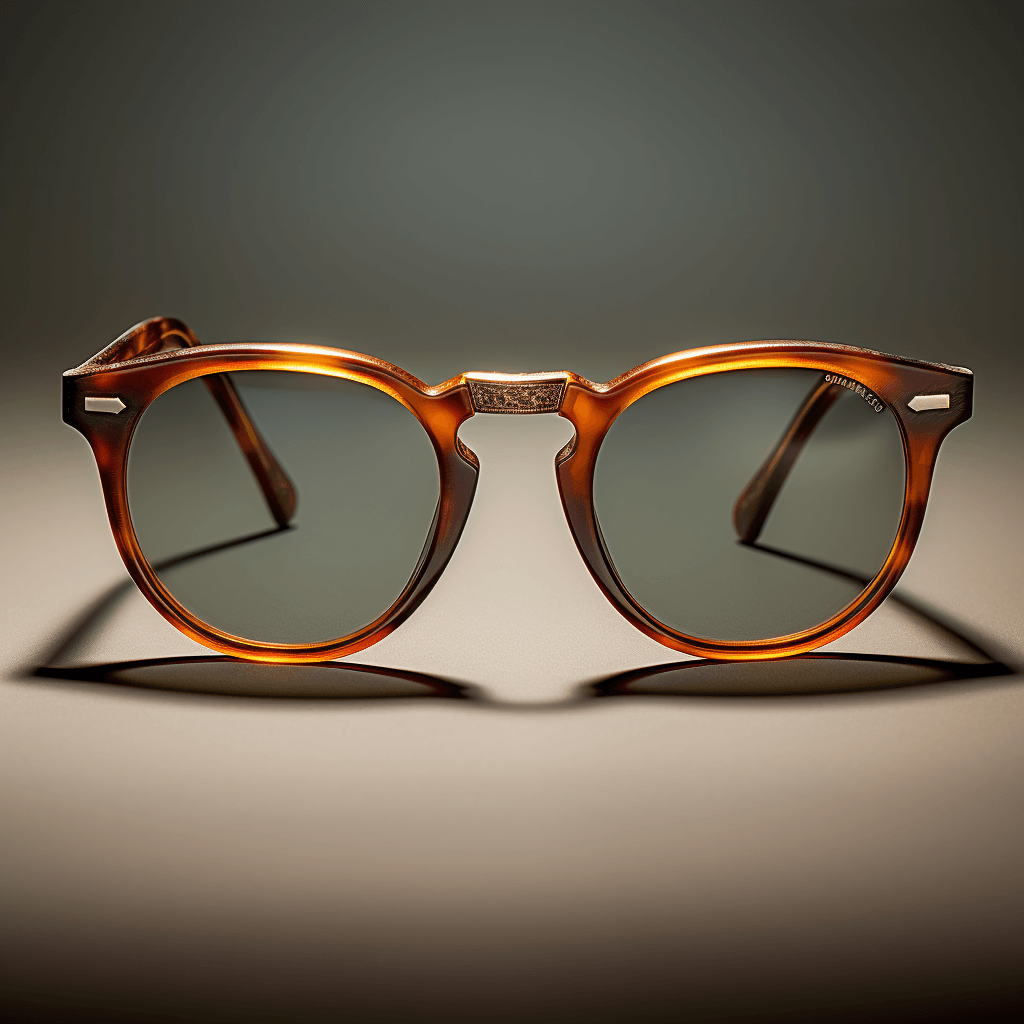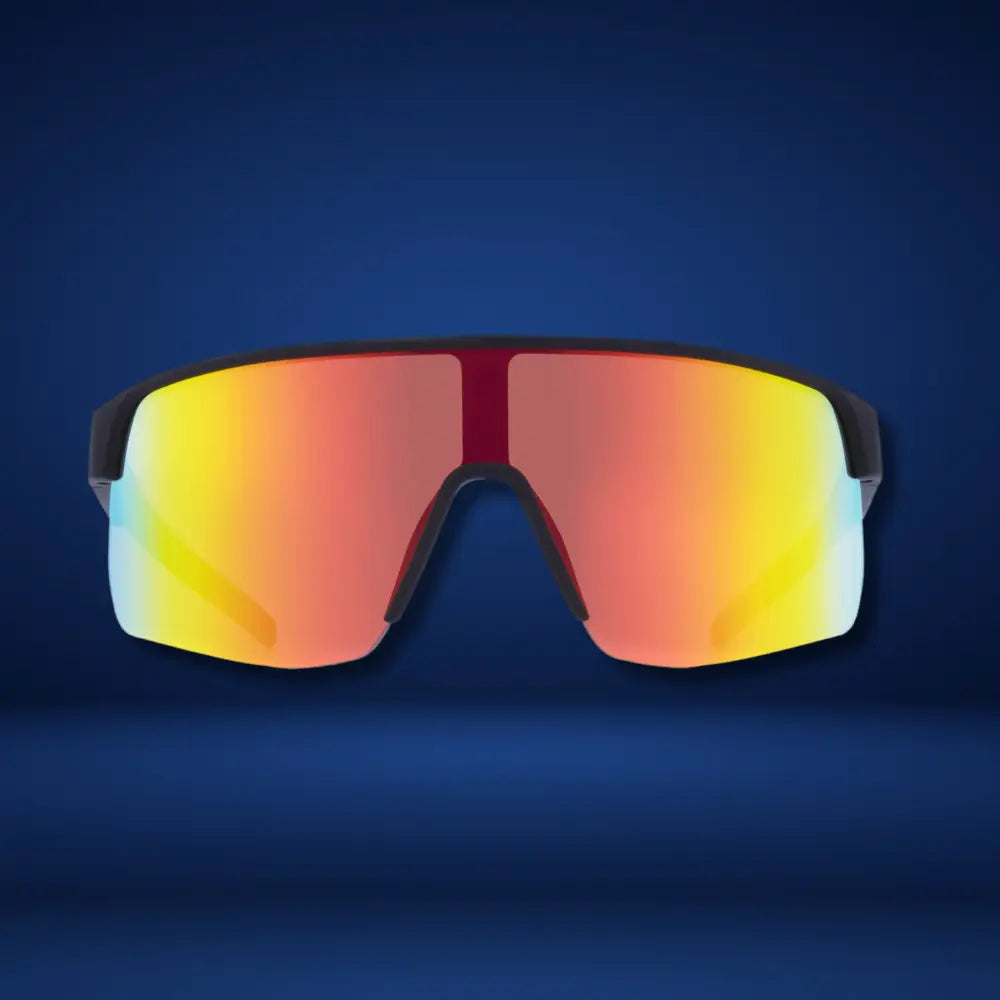
The Science Behind Polarized Sunglasses: More Than Just Cool Shades
Share
When it comes to shielding our eyes from the sun, we often settle for any pair of sunglasses we can find. However, once you experience the world through polarized lenses, you'll never want to go back to ordinary shades. Polarized sunglasses aren't just a trend; they're a transformative upgrade for your vision. In this article, we delve into the optical science behind polarized sunglasses and uncover why they are more than just cool shades but a crucial element for clear and comfortable vision.
Key Takeaways
- Polarized sunglasses feature a unique filter that blocks horizontally polarized light, effectively reducing glare from reflective surfaces and enhancing visual clarity.
- Unlike regular tinted lenses, polarized lenses offer a significant improvement in visual comfort, especially in scenarios with intense reflected light, such as near water or snow.
- Children can greatly benefit from polarized lenses as they reduce glare and squinting, making outdoor activities more enjoyable and safer for their developing eyes.
- While polarized lenses minimize glare, they do not inherently provide UV protection, which is essential to safeguard eyes from harmful ultraviolet radiation.
- The size and shape of polarized sunglasses impact their effectiveness, with larger lenses and certain shapes offering better coverage and glare reduction.
Peeking Through the Polarized Lens: The Science Unveiled

The Birth of Polarized Technology
The journey of polarized sunglasses is as colorful as a pair of pink sunglasses on a bright summer day. It all began with the genius of Edwin H. Land, who, in 1937, took the world by storm with his invention of polarized lenses. Land wasn't just playing with shades; he was deeply immersed in the science of polarization, primarily for photography. His eureka moment came when he realized that this technology could be applied to sunglasses to combat the sun's harsh glare.
Polarized sunglasses aren't just another fashion accessory; they're a testament to human ingenuity in solving real-world problems. These lenses tackle the blinding glare we experience when light bounces off reflective surfaces like water or pavement. By incorporating a special filter, they selectively block the horizontally polarized light, ensuring that only the good light reaches our eyes.
The beauty of polarized technology lies in its simplicity and effectiveness. It's not just about dimming the light; it's about refining the view.
While the concept might sound technical, the benefits are clear and tangible. Here's a quick rundown of how polarized lenses enhance our visual experience:
- Reduction of glare for clearer vision
- Improved contrast and visual clarity
- Less strain on the eyes, leading to greater comfort
Remember, the next time you don a pair of polarized shades, you're wearing a piece of history that continues to evolve and protect our vision.
How Polarization Filters the World
Imagine a world where the blinding glare of the sun off a serene lake doesn't force you to squint. That's the magic of polarized lenses at work. Polarization acts like a microscopic venetian blind for your eyes, selectively filtering out the harsh, horizontally-vibrating light waves, while allowing the more eye-friendly vertical waves to pass through.
Polarized sunglasses aren't just about dimming the daylight; they're about transforming how we see the world. By cutting out the glare, they enhance contrasts and bring out true colors, making your surroundings pop with clarity. It's like upgrading to high-definition vision for your everyday life.
With high-quality polarization, you're not just getting a barrier against sunlight. You're getting uninterrupted clarity that helps you appreciate the nuances of your environment, whether you're spotting fish in the water or simply enjoying a clearer view on a sunny day.
Here's a quick look at what sets polarized sunglasses apart from their non-polarized counterparts:
- Glare Reduction: Essential for water sports and driving.
- Enhanced Contrast: Making visuals more distinct and vibrant.
- True Color Perception: See the world in its natural hues.
- Eye Comfort: Less squinting and eye strain during bright days.
The Visual Benefits: Clarity and Comfort
When it comes to polarized sunglasses, the visual perks are undeniable. By filtering out horizontal light waves, these lenses drastically reduce glare, enhancing not just clarity but also comfort. This is especially true for sunglasses for women, who may be driving, participating in sports, or simply enjoying a day out in the sun.
- Improved vision in different settings
- Reduced eye strain
- Better contrast and color perception
Polarized lenses act like a fine-tuned filter for your eyes, providing a level of detail and clarity that's hard to beat with standard tinted lenses.
Whether you're an avid angler spotting fish below the water's surface or someone who enjoys a leisurely hike, the benefits of polarization are clear. And let's not forget the comfort factor; with reduced glare, your eyes are less likely to feel tired, allowing you to enjoy your activities for longer without discomfort.
Glare Be Gone: The Clear Advantages of Polarized Sunglasses

Tackling the Glare from Every Angle
Polarized sunglasses are the unsung heroes when it comes to battling the relentless glare that can come from virtually any direction. They're designed to filter out the harsh light that bounces off surfaces, providing a shield for your eyes against the blinding effects of reflection. Whether it's the low-hanging sun at dawn or the blinding reflection off a wet road, polarized lenses are your go-to defense.
Glare isn't just an annoyance; it can be a real hazard, especially when driving. With polarized sunglasses, you can say goodbye to squinting and the discomfort that comes with intense light. Here's how they work:
- The lenses contain a special filter that blocks horizontally polarized light.
- Vertically polarized light, which is less harsh, is allowed to pass through.
- This selective filtering significantly reduces glare and improves visual comfort.
Remember, while polarized sunglasses tackle glare effectively, they're not a substitute for UV protection. Always check for both features when choosing your shades.
For those who are always on the move, consider the variety of styles and shapes available. An online store offering a wide selection of polarized sunglasses can provide you with the perfect pair to suit your lifestyle, ensuring you're protected from glare at every turn.
Enhanced Visual Experiences in Different Settings
Polarized sunglasses aren't just a one-trick pony; they're like a Swiss Army knife for your eyes. They adapt to different environments, enhancing your visual experience wherever you go. Whether you're driving down a sunlit road, fishing at dawn, or hitting the slopes, polarized lenses help you see the world in HD.
Sports sunglasses with polarized lenses are a game-changer for athletes. They reduce glare, improve contrast, and help you spot the ball, track, or trail features more quickly and accurately. It's not just about seeing clearly; it's about seeing smartly, with all the visual information your brain needs to react swiftly.
Polarized lenses are like a filter for your eyes, selectively reducing the glare and allowing you to focus on the important details.
When choosing polarized eyewear, consider the setting you'll be using them in most often. Here's a quick rundown of what to expect:
- Driving: Reduced glare from the road and oncoming vehicles.
- Water Sports: Less reflected glare from the water's surface.
- Winter Sports: Enhanced contrast against snow and ice.
- Outdoor Activities: More vivid colors and sharper details in bright conditions.
Why Polarized Beats Plain Tint Every Time
When you slip on a pair of sunglasses, you're not just aiming to look cool—you're protecting your peepers from the sun's glare. But not all sunglasses are created equal. Polarized sunglasses offer a level of clarity and comfort that plain tinted lenses can't match. They're like a filter for your eyes, selectively snipping out the harsh, reflected light that can make a sunny day squint-worthy.
Polarization isn't just about dimming the sunlight; it's about refining your view. Imagine turning down the volume on a noisy crowd—suddenly, you can hear the conversation you're interested in. That's what polarized lenses do for your eyes. They cut through the glare and leave you with crisp, clear vision.
With polarized lenses, you're not just seeing the world, you're seeing it better.
Here's a quick rundown of why polarized trumps plain tint:
- Glare Reduction: Say goodbye to blinding reflections off water, roads, and other surfaces.
- Enhanced Contrast: Enjoy richer, more detailed views.
- True Colors: See the world in its natural hues, not shaded by a uniform tint.
- Eye Comfort: Spend more time outdoors without the squint-induced headaches.
So next time you're choosing sunglasses, remember that polarized lenses are more than just a fashion statement—they're a smart choice for anyone who values their vision and comfort under the sun.
Not Just for Grown-Ups: Why Kids Need Polarized Protection

The Cool Factor: Style Meets Functionality
When it comes to kids' eyewear, rectangle sunglasses aren't just about looking cool; they're a testament to the seamless blend of style and functionality. Bold shapes and vibrant colors make them a hit among the young crowd, while the polarized lenses provide the essential glare reduction they need for everyday adventures.
- Durability is key for active kids who are always on the move.
- Comfort ensures that the sunglasses stay on during playtime.
- Safety comes from sturdy construction and impact-resistant materials.
With the right pair of polarized sunglasses, your child not only steps out in style but also enjoys the benefits of clear, comfortable vision under the sun.
From Playgrounds to Poolsides: The Importance of Glare Reduction for Kids
When it comes to our children's eyesight, the benefits of polarized sunglasses go beyond the cool factor. The glare from the sun can be particularly harsh on young, sensitive eyes, whether they're building sandcastles at the beach or chasing after a ball on the playground. Polarization significantly reduces this glare, enhancing not just the safety but also the vividness of the world they see.
Polarized lenses are not just about dimming the sunlight; they're about selectively filtering out the blinding reflections that can distract and discomfort kids during their outdoor escapades. This is crucial because children are not just miniature adults; their eyes are still developing and are more susceptible to harmful UV rays and bright light.
- **Outdoor Activities Enhanced by Polarized Sunglasses: **
- Beach outings
- Poolside play
- Sports events
- Nature walks
It's not just about protection; it's about enabling a clearer, more vibrant experience of the world for our little adventurers.
Remember, while the style of the sunglasses might catch your child's eye, it's the quality of the lens that will protect their vision. Ensuring that their sunglasses are equipped with both UV protection and polarization is a step towards safeguarding their eyesight now and in the future.
Choosing the Right Polarized Shades for Your Little Ones
When it comes to outfitting your kids with sunglasses, polarization is more than a fancy feature—it's a game-changer for their delicate eyes. Polarized lenses cut glare and eye-strain, making outdoor adventures more enjoyable and safer. It's not just about reducing squints; it's about enhancing their view of the world, from spotting fish in the water to admiring cloud formations.
Finding the perfect fit is crucial. Sunglasses that are too big can slip off during play, while too small can pinch and be uncomfortable. For kids ages 5-11, brands like Sunski offer a range of sizes designed for smaller faces, ensuring a snug yet comfy fit.
Durability is key for kids' sunglasses. They need to withstand the rough and tumble of child's play without compromising on protection or style.
Here's a quick checklist to help you pick the best polarized shades for your kiddos:
- Look for 100% UVA/B protection alongside polarization.
- Ensure the frames fit well and are comfortable for small faces.
- Choose durable materials that can take a beating.
- Opt for styles that your kids will love and actually want to wear.
Remember, a pair of cool-looking, well-fitting polarized sunglasses can make all the difference. And with offers like 'buy 3, get 1 free' from various online stores, you can equip the whole family with quality shades without breaking the bank.
The Truth About Polarization and Protection

Polarization vs. UV Protection: What's the Difference?
When it comes to sunglasses, there's often confusion between the terms polarization and UV protection. Polarization is all about glare reduction, helping you see more clearly by filtering out the horizontal light waves that bounce off surfaces like water or pavement. But here's the kicker: polarization doesn't block UV rays, which are harmful to your eyes.
Polarization and UV protection serve different purposes, and both are crucial for eye health.
To ensure you're getting the full benefits, look for sunglasses that offer both features. Here's a quick rundown to clear up any confusion:
- Polarization: Reduces glare for clearer vision in bright conditions.
- UV Protection: Shields your eyes from harmful ultraviolet rays.
Remember, just because a pair of sunglasses is polarized doesn't mean it offers UV protection. Always check the label for both features to keep your eyes safe and your vision sharp. And don't forget, the size of your sunglasses also plays a role in protection, as UV rays can sneak in from all angles.
The Misconception of Polarization as Sunblock for Your Eyes
It's easy to fall for the cool allure of black sunglasses with that sleek polarized look, but don't be fooled into thinking they're the ultimate guardians against all the sun's rays. Polarization is great for cutting down glare, but it doesn't equate to UV protection. You need to check the label for both features to ensure your eyes are fully shielded.
While polarization reduces glare and enhances visual comfort, it's not a substitute for UV protection. Think of it as a filter for brightness, not a barrier against harmful UV rays.
Remember, when it comes to safeguarding your peepers, there's more to it than just reducing the squint:
- Look for sunglasses that offer 100% UV protection.
- Don't assume darker lenses mean better protection.
- Even on cloudy days, UV rays can be strong, so keep those shades on.
Ensuring Full Protection: What to Look for Beyond Polarization
While polarization is a game-changer for reducing glare, it's not the end-all when it comes to eye protection. Polarization doesn't equate to UV protection, and that's a crucial distinction to make. When shopping for sunglasses, especially if you're eyeing those stylish aviator sunglasses, make sure they offer both polarized lenses and UV protection.
Remember, the sun's rays can sneak in from all angles. The size and wraparound design of your sunglasses play a significant role in shielding your eyes from harmful UV rays that can come from above, below, or the sides.
Here's what else to consider:
- Lens Material: Durability matters. Look for impact-resistant materials that can withstand your lifestyle.
- Lens Quality: Not all polarization is created equal. High-quality polarization means consistent glare reduction and clear vision across the entire lens.
- Fit and Coverage: Bigger often means better coverage. Ensure your sunglasses fit well and provide ample protection.
The Big Picture: Size and Shape Factors in Polarized Eyewear

Why Bigger Might Be Better: Coverage and Field of View
When it comes to polarized sunglasses, size does matter. Larger lenses and frames offer more than just a bold fashion statement; they provide superior coverage and an expanded field of view. This means that not only do they protect more of your eye area from harmful UV rays and blinding glare, but they also allow for a wider range of vision, which is especially beneficial in outdoor activities.
Coverage is key when selecting the perfect pair of polarized sunglasses. Here's why:
- Larger lenses cover more skin, reducing the risk of sun damage.
- An extended field of view helps with better peripheral vision.
- Bigger frames can block out light that might sneak in around the edges of smaller glasses.
While style is a personal choice, the practical benefits of opting for larger polarized sunglasses are clear. They're not just making a fashion statement; they're providing a functional advantage that enhances your visual experience.
Remember, the best polarized sunglasses are the ones that fit well and meet your specific needs. Whether you're driving, fishing, or just enjoying a sunny day at the park, make sure your shades offer the coverage and clarity that will keep you comfortable and protected.
The Impact of Lens Shape on Polarization Efficiency
The shape of your sunglasses' lenses isn't just a fashion statement; it plays a crucial role in the effectiveness of polarization. Wraparound styles or lenses with a slight curve tend to offer better glare reduction because they limit the amount of stray light that enters from the sides. On the flip side, flat lenses might not provide the same level of efficiency, potentially allowing glare to sneak in around the edges.
Polarization efficiency can vary significantly depending on the curvature of the lens. This is because the angle at which light hits the lens can alter the effectiveness of the polarizing filter. Here's a simple breakdown:
- Curved lenses: Enhance peripheral coverage and reduce side glare.
- Flat lenses: May have gaps in glare protection at the edges.
- Semi-curved lenses: Offer a balance between style and function.
Remember, the goal is to achieve uninterrupted clarity, especially in scenarios where precision is key, such as when driving or participating in water sports. When shopping for polarized sunglasses, consider the activities you'll be using them for to ensure you get the best possible glare defense.
While style is important, don't let it overshadow the need for effective glare reduction. The right lens shape can make a significant difference in your visual comfort and safety.
Customizing Fit: Finding the Perfect Polarized Pair for You
Finding the perfect pair of polarized sunglasses is about more than just reducing glare; it's about customizing the fit to your unique features. Comfort is key, and it starts with selecting the right frame material and size that will sit snugly on your face without pinching or slipping. Whether you're trail running or simply enjoying a sunny day out, the right fit ensures your sunglasses become an extension of you.
Shape matters too. The base curve of the frames should match the natural curvature of your face. This not only enhances the aesthetic appeal but also optimizes the field of view and minimizes light leakage. Here's a quick checklist to consider when trying on polarized sunglasses:
- Frame material and durability
- Size and fit on the bridge of your nose
- The curvature of the frames to match your face
- Lens tints and coatings for varying light conditions
Remember, the best fit for you might not be the first pair you try on. Take the time to test different shapes and sizes. The perfect pair should feel almost invisible, providing clear, comfortable vision without the need for constant readjustment.
Budget and brand may influence your choice, but don't let them be the deciding factors. The goal is to find sunglasses that offer the best protection and comfort for your lifestyle. Whether you're angling in bright conditions or running trails, the right pair of polarized sunglasses can make all the difference.
Understanding the importance of size and shape in polarized eyewear is crucial for optimal vision and comfort. Our extensive collection caters to every preference, ensuring you find the perfect fit for your lifestyle. Don't compromise on your vision; explore our range of polarized sunglasses to experience the difference. Visit our website now to discover the ideal pair for you and take advantage of our free worldwide shipping offer.
Wrapping It Up: The Polarized Perspective
So there you have it, folks! Polarized sunglasses are more than just a fashion statement; they're a testament to the marvels of optical science. From reducing glare to enhancing visual clarity, these cool shades pack a punch that goes well beyond their stylish appearance. Whether you're a sports enthusiast battling the sun's reflection or just someone who appreciates a clearer view on a sunny day, polarized lenses are your trusty sidekick. Remember though, while they tackle glare like a champ, don't forget to check for UV protection too. Size, style, and sustainability might be part of your checklist, but the science behind these lenses is what truly makes them shine. So next time you're out shopping for sunglasses, give a nod to the science that keeps your vision clear and your eyes glare-free!
Frequently Asked Questions
What is the science behind polarized lenses?
Polarized lenses are designed with a special chemical film that contains millions of tiny polarized crystals aligned with each other. This film filters out horizontally polarized light, such as the glare from reflective surfaces like water or roads, enhancing visual clarity and reducing eye strain.
Why are polarized sunglasses better than regular tinted sunglasses?
Unlike regular tinted sunglasses that simply darken your view, polarized sunglasses have the ability to selectively block glare without compromising overall visibility. This results in a clearer and more comfortable visual experience, especially in bright conditions.
Can kids benefit from wearing polarized sunglasses?
Yes, kids can greatly benefit from wearing polarized sunglasses as they reduce glare, enhance color perception, and provide a clearer view of the surroundings. This is especially important for outdoor activities where children are exposed to reflective glare from surfaces like water or playground equipment.
What is the difference between polarization and UV protection?
Polarization refers to the ability of sunglasses to filter out glare, while UV protection is about blocking harmful ultraviolet rays from the sun. Both are important for eye health, but they serve different functions. It's essential to check that your sunglasses offer both polarization and UV protection.
How do the size and shape of polarized sunglasses affect their performance?
The size and shape of polarized sunglasses can impact their effectiveness. Larger frames and lenses offer more coverage and a wider field of view, which can enhance protection against glare and UV rays. The shape of the lens also plays a role in polarization efficiency, with certain designs better suited for specific activities or lighting conditions.
Are polarized sunglasses suitable for all activities and environments?
Polarized sunglasses are generally suitable for a wide range of activities and environments, particularly where glare is a concern. However, there are situations, such as flying or operating heavy machinery, where polarized lenses might interfere with visibility of digital screens or instruments, and thus are not recommended.

